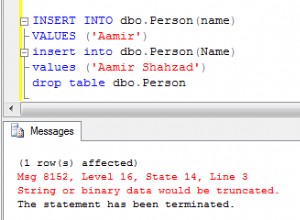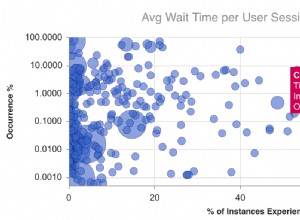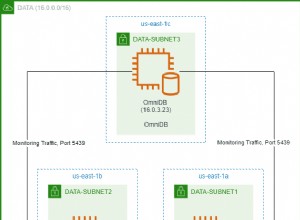Credo che la tua iscrizione sia sbagliata:
$shares = DB::table('shares')
->join('users', 'users.id', '=', 'shares.user_id')
->join('followers', 'followers.user_id', '=', 'users.id')
->where('followers.follower_id', '=', 3)
->get();
Ti suggerisco anche di nominare la tua tabella come follows invece, sembra un po' più naturale dire che user has many followers through follows e user has many followees through follows .
Esempio
$shares = DB::table('shares')
->join('users', 'users.id', '=', 'shares.user_id')
->join('follows', 'follows.user_id', '=', 'users.id')
->where('follows.follower_id', '=', 3)
->get();
Approccio modello
Non mi ero reso conto che stavi usando DB:: query e non modelli. Quindi sto risolvendo la risposta e fornendo molta più chiarezza. Ti suggerisco di usare i modelli, è molto più facile per chi inizia con il framework e specialmente con SQL.
Esempio di modelli:
class User extends Model {
public function shares() {
return $this->hasMany('Share');
}
public function followers() {
return $this->belongsToMany('User', 'follows', 'user_id', 'follower_id');
}
public function followees() {
return $this->belongsToMany('User', 'follows', 'follower_id', 'user_id');
}
}
class Share extends Model {
public function user() {
return $this->belongsTo('User');
}
}
Esempio di utilizzo del modello:
$my = User::find('my_id');
// Retrieves all shares by users that I follow
// eager loading the "owner" of the share
$shares = Share::with('user')
->join('follows', 'follows.user_id', '=', 'shares.user_id')
->where('follows.follower_id', '=', $my->id)
->get('shares.*'); // Notice the shares.* here
// prints the username of the person who shared something
foreach ($shares as $share) {
echo $share->user->username;
}
// Retrieves all users I'm following
$my->followees;
// Retrieves all users that follows me
$my->followers;




